In the world of consumer app stores, especially the big ones, it's easy to get lost in the crowd. There are hundreds of thousands of consumer apps available in major app stores like Google Play and Apple App Store, and most apps are competing against direct competitors for visibility and installs.
App Store Optimization (ASO) is the solution many consumer app developers user to help their apps stand out and attract organic downloads. Without it, their apps are often invisible to potential users. ASO is a pretty mature discipline for consumer app marketers, with products like App Radar and App Tweak offering products and services to help developers attract and retain new users.
In of B2B app marketplaces a similar, emerging, trend is happening. App Marketplace Optimization (AMO) is to B2B app marketplaces what App Store Optimization (ASO) is to consumer app stores. In the same way that ASO is a must for consumer app marketers, AMO is becoming a must for any B2B marketers eager to drive visibility, installs, and revenue through marketplaces like Shopify App Store and Salesforce AppExchange. But it's not easy, and requires a slightly different approach.
This is your guide to App Marketplace Optimization strategies and best practices to help your apps and integrations rank higher in B2B marketplaces and attract more installs.
The short version
- App Store Optimization (ASO) is the way to increase app visibility and attract organic downloads in consumer app stores. It relies on keyword optimization, well designed assets, and well managed user ratings and reviews.
- App Marketplace Optimization (AMO) is similar to ASO in that it helps increase visibility and attract new customers from B2B marketplaces. But, because it's a B2B motion, there is a greater reliance on technical evaluations, tangible business value, and partner reputation.
- Across both consumer and B2B marketplaces, an app or integration's ratings and reviews are crucial to attracting early users and providing social proof. Consistent product, integration, and listing updates also help keep products visible in marketplace search, attracting more users.
What is App Store Optimization (ASO)?
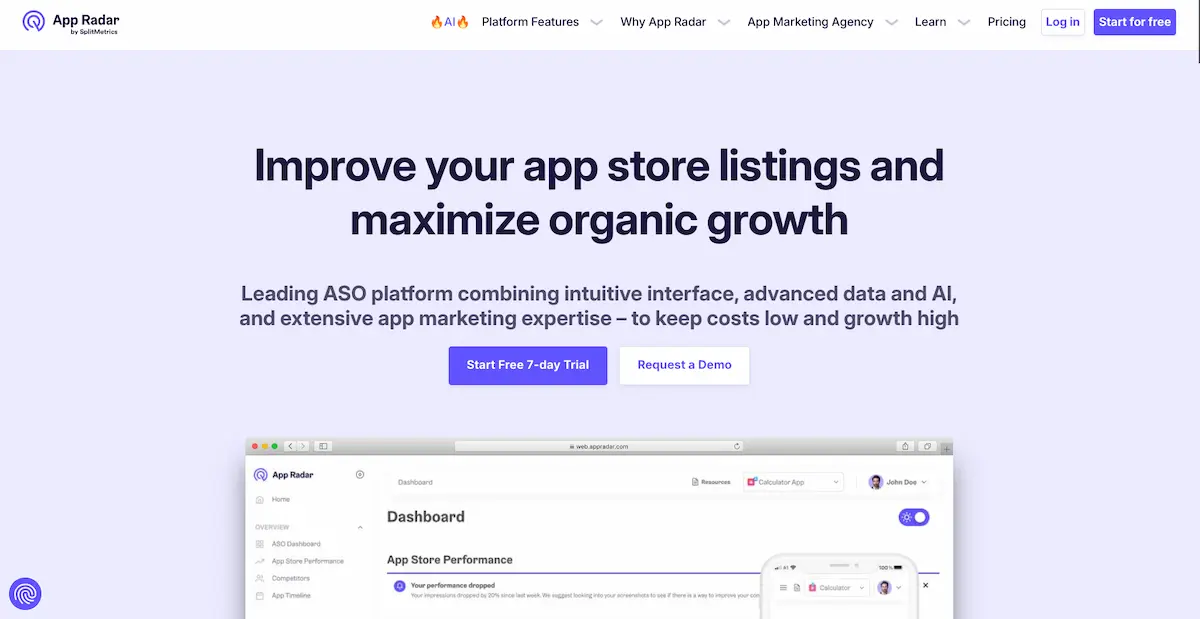
In crowded major app stores, App Store Optimization has become the search engine optimization (SEO) equivalent for app stores. Imagine you're a developer with an app you've poured your heart and soul into. You want it to be discovered through Google Play or Apple App Store. But you're competing with hundreds of thousands of other consumer apps.
Sure, paid advertising features like Apple Search Ads offer valuable distribution, keyword research and competitor insights. But they usually rely on spending large budgets to learn from and inform app store optimization strategies. That can get expensive, fast.
The goal of App Store Optimization is to increase your app's visibility and organic downloads by optimizing it for search and discovery in app stores, with the goal of attracting organic app downloads from new users.
It's a lot of work... but it's worth it
App Store Optimization is an "always on" endeavour - there's no "set and forget" here. It's also not as simple as stuffing a few keywords into your app store product page. A well optimized app store listing takes into account visual assets (like screenshots, images, and videos), management of ratings and reviews, measuring key in-app events, and so much more. App Store Optimization is usually a cross-functional endeavour, between marketing, product marketing, product management, and product analytics.
A successful ASO strategy can improve rankings in app store search results, increase discovery, and expose brands to new audiences. However, visibility is not the end goal - conversions are. App store conversion rates are important metrics to pay attention to, especially for developers with low to no paid acquisition budget.
For developers that do have paid media budgets, when App Store Optimization is done right, it's a powerful marketing tool and foundation to fuel even more efficient paid acquisition efforts.
Key Components of ASO
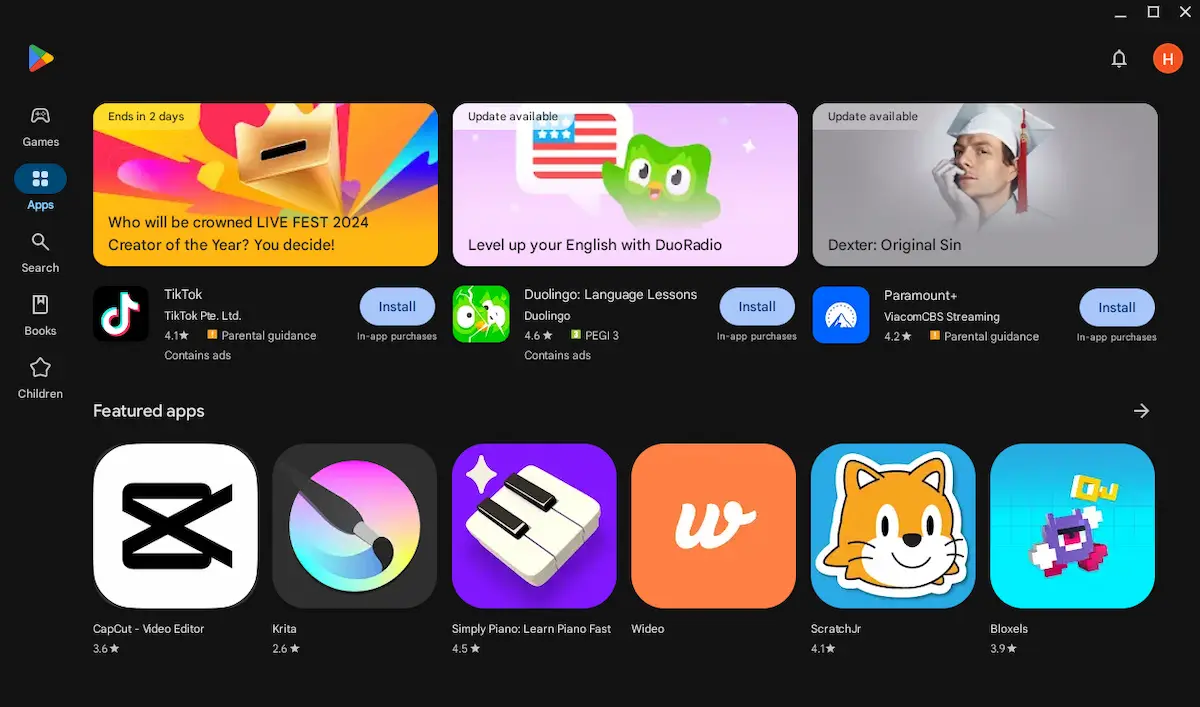
Successful App Store Optimization relies on three primary pillars: keyword optimization, visual assets, and user ratings and reviews. Each of these components plays a critical role in increasing app visibility, driving app downloads, and encouraging user engagement.
Keyword Optimization
Keyword optimization - which is, in simple terms, app store SEO - is the backbone of any successful ASO campaign. The first step in this process is keyword research. This involves identifying and analyzing relevant keywords that potential users might search for when looking for an app like yours.
Part of this research should include analyzing competitors and keywords their customers and users care about. You’ll want to target a mix of competitive and niche keywords to achieve visibility without being overwhelmed by more popular apps in your genre.
Implementing keywords involves including them in key parts of the app’s store listing. This includes the app title, description, and dedicated keyword fields. Analytics tools like Mobile App Insights and App Radar help developers analyze keyword performance and provide insight into search volumes to help refine their ASO strategy on Apple and Google's App Stores.
Visual Assets
An app’s visual assets are what attract first glance attention and convert visitors into users. The app icon, screenshots, and promotional or preview videos are all important elements that can make or break user interest. The app icon is a key feature that should clearly represent the app’s functionality or leverage brand recognition. A well-designed app icon should stand out in a sea of thousands of others.
Your app screenshots and videos showcase your app’s best features and entice users with what’s available when the app downloads or used. Attractive visuals grab users’ attention and inspire downloads. Showcasing key features and benefits with beautiful visuals can increase app appeal and drive higher install rates.
User Ratings and Reviews
User ratings and reviews are critical for app store optimization the overall success of apps. Ratings impact app store algorithms and influence potential users’ decisions to install. High ratings and positive reviews are indicative of popular, high quality apps - which can increase visibility and credibility in app stores. A 3.5 star rating is average, while 4.5 stars and above is generally deemed high quality.
Encouraging users to leave positive reviews, especially after releasing major updates, can increase the app’s rating and attract more downloads. Interacting with users by responding to reviews can help build trust and increase confidence in the app. Generating reviews and managing them well is critical to maintaining a positive app store presence.
Applying ASO Techniques to B2B App Marketplaces
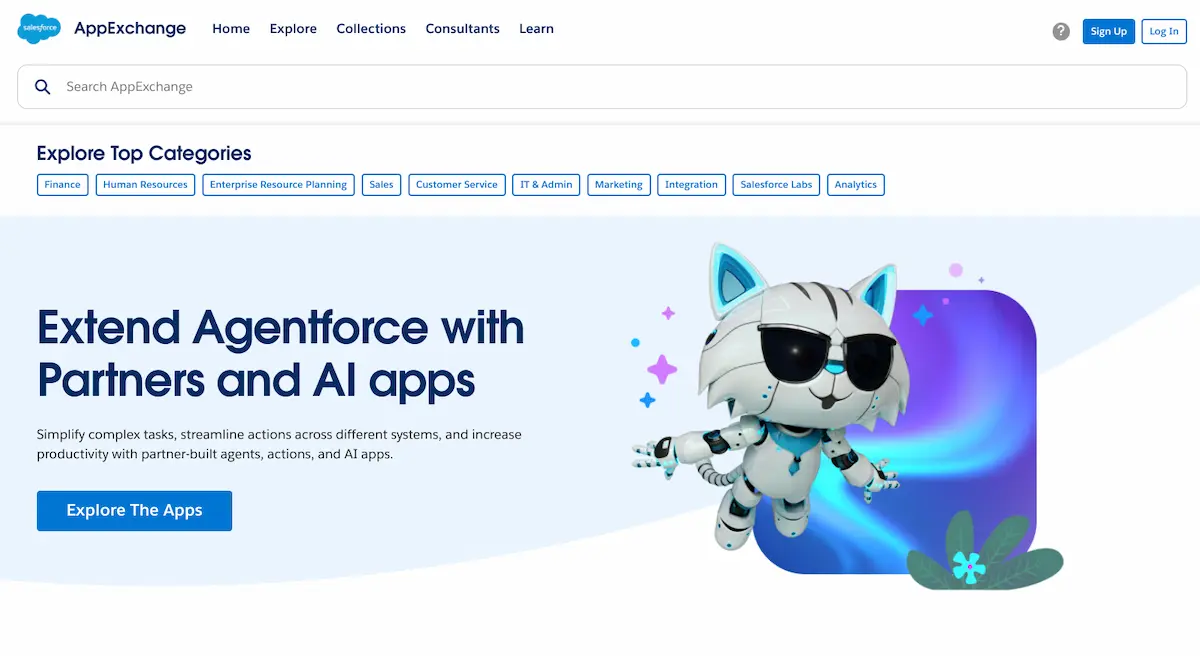
While ASO and AMO both focus on app driving visibility and installs, they have very different approaches. Consumer app stores like Apple’s App Store and Google Play Store are actually quite different compared to B2B marketplaces like Salesforce AppExchange and Shopify App Store.
Yes, they both offer apps, but the ranking factors and approaches are dramatically different.
The differences between consumer App Stores and B2B app marketplaces
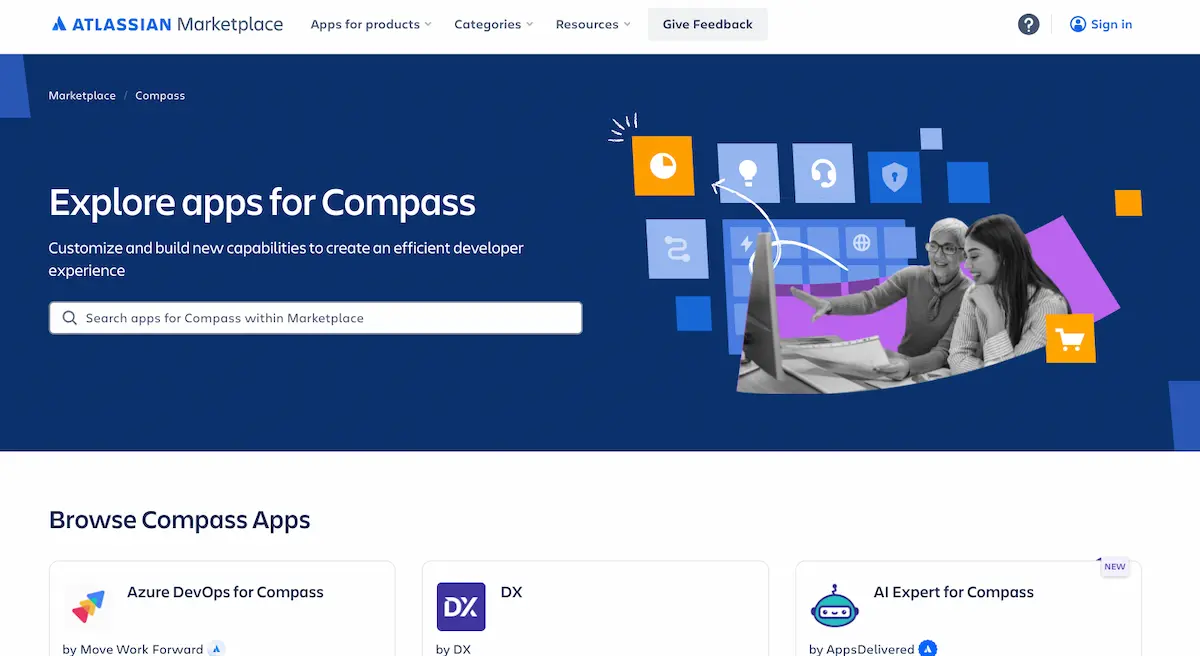
The first main difference is probably obvious: consumer app stores are designed for mobile devices (personal apps), while B2B marketplaces are primarily accessed on desktop and laptop computers (apps for work). The search fields, ranking factors, and their weights vary significantly between the two. Developers must tailor their approach for each environment.
The second main difference is probably less obvious, but incredibly important if you're a developer or partner. Consumer app stores like iOS App Store and Google Play Store have a well defined set of ranking factors that are known and documented to some degree. On the other hand, B2B marketplaces like Salesforce AppExchange and Shopify App Store are less documented or understood in this way - because they're less mature in capabilities and scale compared to consumer app stores.
It's also worth remembering that most B2B marketplaces aren't - yet - transactional in nature. Most don't offer "in app purchases" which can often mean it's tricker to measure the impact on user acquisition and other key metrics that matter for every SaaS business.
Here’s a high-level overview of some key differences between both:
Consumer App Stores (Apple App Store and Google Play Store):
- Search ranking is primarily based on user behavior (e.g. installs, ratings, reviews)
- Algorithms favor apps that provide a good user experience (UX) and offer unique features
- Discovery is key, and browsing is a primary way users find apps
- Search is critical, especially for well known brands, and optimizing for keywords is essential
B2B App Marketplaces (Salesforce AppExchange, Shopify App Store, etc):
- Search ranking is usually based on business need, integration, and deployment method
- Algorithms often favor apps highly integrated and installed with the marketplace’s ecosystem
- Discovery features are often less mature and lack personalization capabilities
- Search is important, and keywords are very relevant for "Jobs-to-be-done" searches
As a developer and partner, there are a few other big differences worth nothing:
Technical requirements (to get listed)
Technical requirements in B2B marketplaces are far more stringent than those in consumer app stores. Why? Because B2B apps and integrations are deeply integrated into business workflows and data. When users install a consumer app, they only need to think through the privacy implications for their own data. In B2B, it's their customer data that's being integrated with or connected to the new platform. Making integration quality super important.
The number of decision makers (to buy the app or integration)
In B2B, there are typically 3+ decision makers in the buying process. In consumer-land, it’s usually one individual making the decision to try or buy. Because of this, the timeframe for a B2B purchase is weeks or months, not seconds. Business buyers want to reduce risk, so they take more time making decisions.
Ratings and reviews (of your app or integration)
In B2B, reviews and ratings are everything. Business buyers want to know other businesses just like theirs are using your app. And they want to know it’s been proven to work for companies like theirs. Reviews in B2B marketplaces are usually more detailed and thoughtful than those written in consumer app stores, and they're often about more than just the app or integration - they can often include praise or complaints about an interaction with a sales rep or a customer support team.
Customization (of your product)
Customization is key in B2B. Unlike consumer apps, businesses need solutions that address specific pain points and needs. Apps and integrations must be tailored to help them achieve a goal or solve a problem. Consumer apps are rarely as customizable - if they're customizable at all. It's rare for an app installed from Apple App Store or Google Play to include "managed services."
Steps to optimize your app marketplace listing
Optimizing your app marketplace listing isn't busywork - it’s your chance to turn "window shoppers" into customers to maximize install growth and revenue. Think of your listing as a physical store in a shopping mall - if someone gave you one for free, would you dress it once and leave it the same way for a year? I thought not.
Listing title: grab their attention
Your app title is how you make a strong first impression on users in search results and category pages, so it's worthwhile to spend time testing various versions of it - just as you would if you were optimizing a text ad title on Google Adwords.
Avoid generic words and phrases, as well as names that are similar to other apps. Originality is your friend here. Pay attention to your click-through rates and install numbers to see how your title and subtitle are performing. You can (and should) test different variations to find what works best.
It’s okay to include keywords naturally to get a boost in visibility - just avoid spammy tactics altogether. Follow your app marketplace’s branding guidelines to avoid policy issues. Your title is usually a powerful ranking factor but can get you banned if you misuse it.
Listing description: show, don’t tell
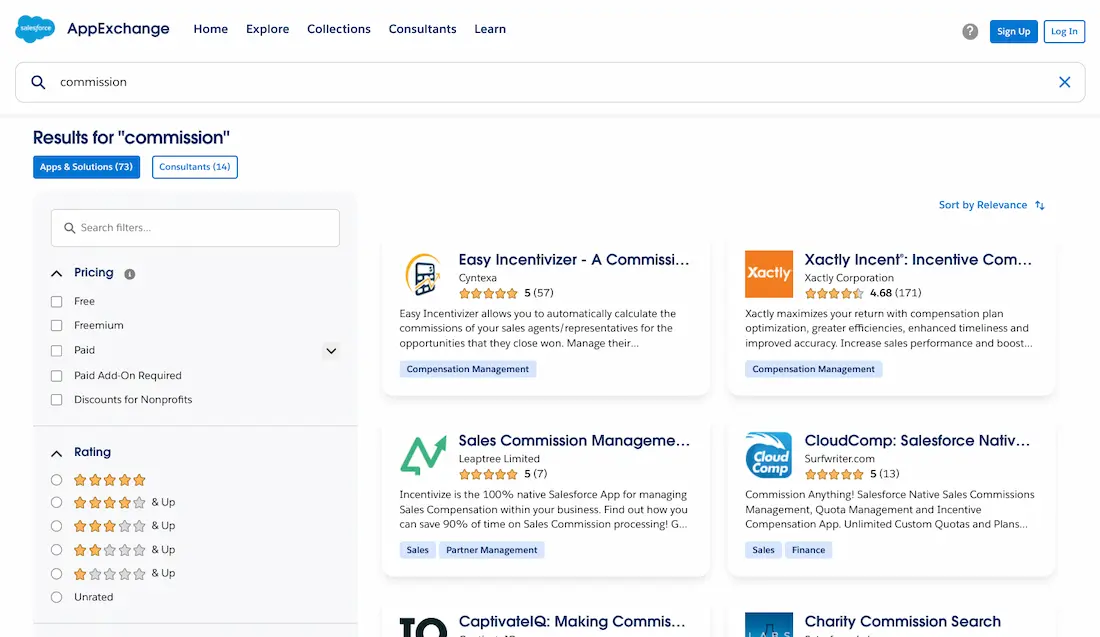
A great app marketplace description is clear, concise, and compelling. It should quickly explain what the app does, its key features, and the problems it solves. Weaving in relevant keywords is crucial for search visibility in the app marketplace.
Your opening sentence is especially important, as it’s the only information visible without users tapping to expand. This is your chance to pique users’ interest and entice them to learn more. Make it count and grab their attention right off the bat. Think of it as your app’s elevator pitch - you want it to be so intriguing that users can’t wait to learn more.
Your long description should focus on providing useful info about your app or integration. Highlight what sets it apart and provide details that will be helpful to users. Touch on the problems it solves (or "jobs-to-be-done" you can "hire" it for) and touch on key elements like plans, pricing, customer testimonials, and support options included. Clever partners like OrgChartHub weave curated customer reviews into their app description - a great way to add social proof to their app listing.
Listing screenshots: show, don’t tell (again)
Your first three screenshots should showcase your app or integration's core features and benefits. Focus on one clear product image per screenshot to avoid clutter and confusion. Your screenshots should be designed to show how your app or integration works, so include clear and easy to read text descriptions of what's on each screen, and use "framing" to make the image stand out from the rest of the listing and text.
If you have the ability to add promotional videos instead of static images as feature graphics, make sure to highlight them prominently in your app marketplace listing. Engaging visuals are crucial to turn browsers into buyers.
Keep your screenshots locally relevant. In some markets, like Japan, screenshots are packed with dense text and detailed UI shots. Make sure you design screenshots that appeal to your target audience if you're selling into multiple markets.
Ratings and reviews: ask at the right time, and reply fast
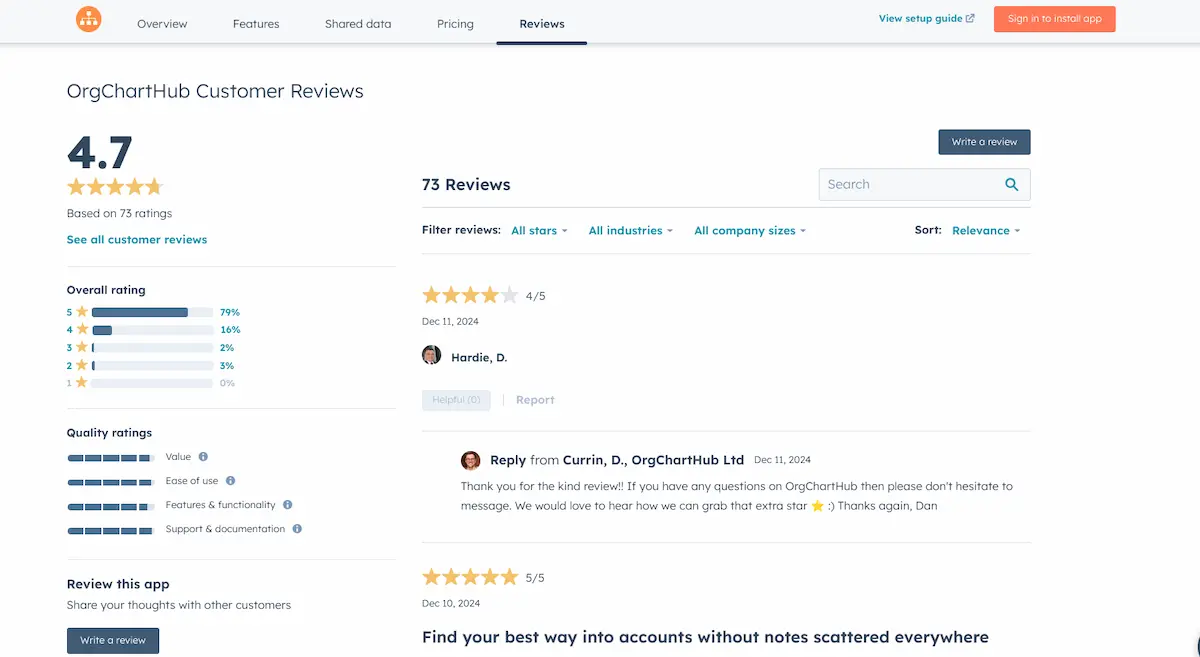
Requesting and managing ratings and reviews is an often overlooked aspect of managing listings - but it's arguably one of the most important components of a successful marketplace presence. A growing number of marketplaces offer ratings and reviews, and most of those that do offer tools to help partners view, respond to, and resolve issues around ratings and reviews.
Many app marketplaces trigger notifications by email to users around a month after they've installed and used your apps or integrations. Outside of this, it's usually good to encourage users to leave feedback at key times - like after major product updates - or after they've completed key user journeys in your product.
Just be sure you’ve actually addressed common complaints before asking for reviews. And please don't be spammy or overly pushy - you'll live to regret it. You should also respond to reviews with personalized comments, whether the review was good - or not so good. Be specific and transparent in your responses, and use them as an opportunity to engage with your customers and build trust.
Support chat and feedback forms
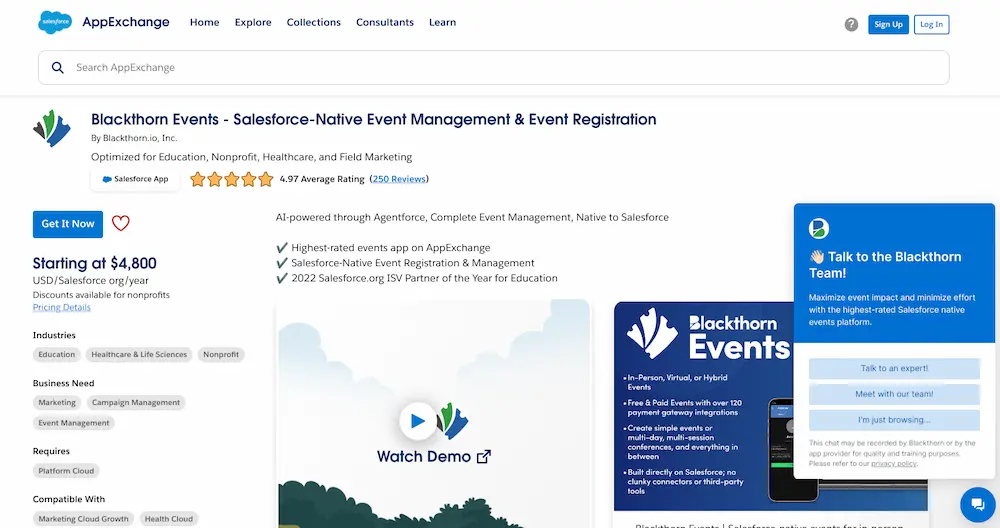
Some marketplaces - like Salesforce AppExchange - allow partners to embed chat widgets like Qualified on listings, to address common questions upfront, and remove friction from the install, try, buy experience. For marketplaces that don't offer this, most instead offer standardized forms to allow customers to reach out with any questions they might have. Respond to these quickly - leads lead to revenue.
Localization
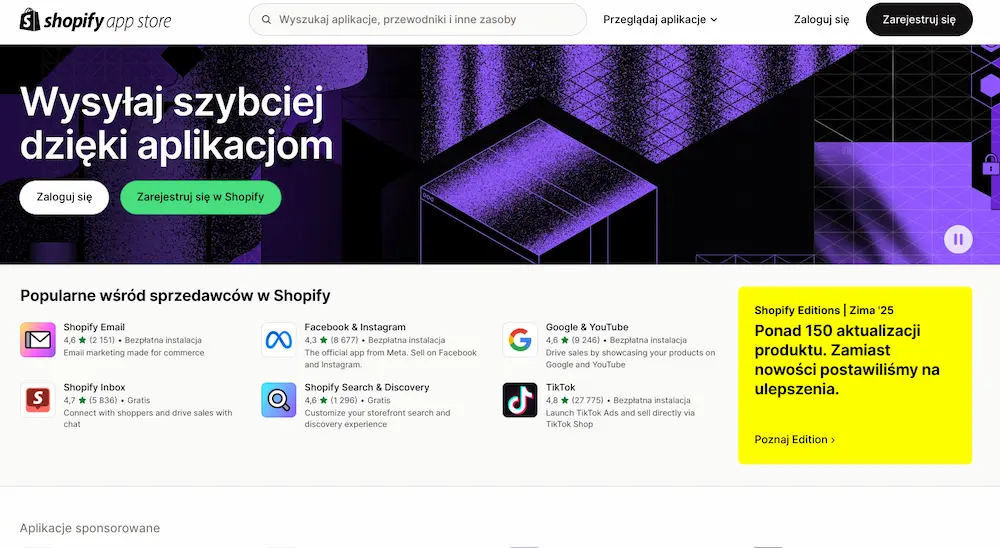
Localization is not the same thing as translation. It's about understanding the cultural differences in how apps and software are used around the world. By localizing your app marketplace listings, you can make your app available in different languages, and appeal to a wider audience in global marketplaces.
If you support multiple languages, be sure to provide screenshots with translated text. A proper localization effort can grow your install base and make your app more approachable to a wider audience.
In addition, optimizing your app metadata for local search behaviors is critical to getting noticed in different regions. This is the key to global app success.
Monitoring your App Marketplace Optimization strategy
As app marketplaces like Salesforce AppExchange, Atlassian Marketplace, and Monday Marketplace continue to evolve, advanced App Marketplace Optimization (AMO) techniques can help increase visibility and installs for apps and integrations. It's critical to monitor app listing rankings and visibility closely to react quickly to changes in algorithms, competition, and user search queries.
What to track
The best way to measure the success of your AMO efforts is by tracking performance metrics like installs, ratings and reviews. Your retention rate is also incredibly important, as it directly impacts your app's usefulness and overall value to users. If you're not retaining users, you need to identify and fix the issues that are driving them away.
The role of updates
Updating your app is one of the best ways to get visibility and attract new users. Each update is a chance to fix bugs, add new features, and make other improvements based on user feedback. If you're not updating your app, it's likely your users are getting frustrated and your rankings will suffer.
To optimize your AMO strategy, you need to be regularly evaluating your metrics and making adjustments as needed. It's also important to log any changes you make so you can revert if necessary. Regular updates are key to success in the app marketplace. They'll help you attract new users and grow your installed base.
How often to update
In many app marketplaces, your listing's visibility and usefulness are directly tied to your update frequency. Users want to know that you're committed to fixing bugs and adding features, so regular updates are essential to keeping them happy. So update apps and integrations as of ten as you can.
Each update is a chance to make meaningful improvements to your app and add features that were requested by your users. If you're not paying attention to your ratings and reviews, you could be missing out on critical feedback that helps you improve your products for all of your users.
Now, get optimizing
By understanding the components of App Store Optimization and adapting them for use in B2B app marketplaces, partners can optimize app and integration listings to cut through the clutter to earn installs and revenue. All without paying super high customer acquisition costs.
The best time to get started was yesterday. App marketplaces are growing super fast, so the earlier you can start your listing optimization journey, the faster you'll win new installs, paying customers, and revenue.
Frequently Asked Questions
What are the main differences between ASO (App Store Optimization) and AMO (App Marketplace Optimization)?
The main differences between ASO and AMO relate to technical requirements and ranking factors. App Store Optimization primarily applies to consumer apps, while App Marketplace Optimization is specific to B2B app marketplaces. B2B app marketplaces are different from consumer app stores because they offer business tools that have longer sales cycles and are sold based on business results. This unique value proposition is reflected in how business users search for and select apps.
How do I improve my app marketplace listing visibility?
To increase visibility of your app marketplace listing, focus on optimizing keywords, visuals, and description, and showcasing features and benefits. It's also critical to actively manage ratings and reviews. By focusing on these elements, you'll attract more interested business users.





